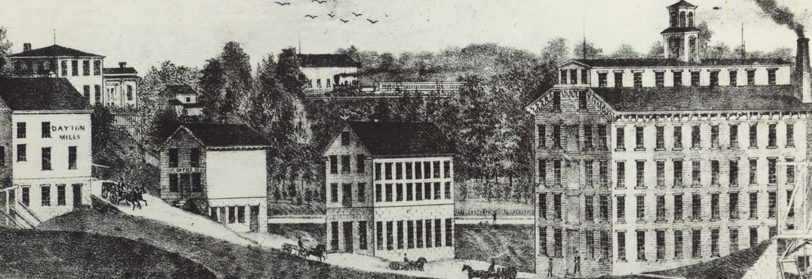In the early 1900s kids made May Baskets – sometimes pages from wallpaper sample books formed into cone shapes, sometimes strips of paper woven into square baskets. They filled them with flowers, often violets and bluebells, and with candy and hung them on friends’ doors. The trick was to yell “May Basket!” and run away fast, because if the receiver of the basket caught you, you’d get kissed. Of course, some ran away faster than others.
One time a boy who lived here happened to be upstairs when he heard the call “May Basket!” He ran to a window, jumped on the porch roof, and then flung himself the 12 or 14 feet to the ground and landed running.
“Did you catch them?” he was asked.
“Oh, yes, they wanted to be caught.”





